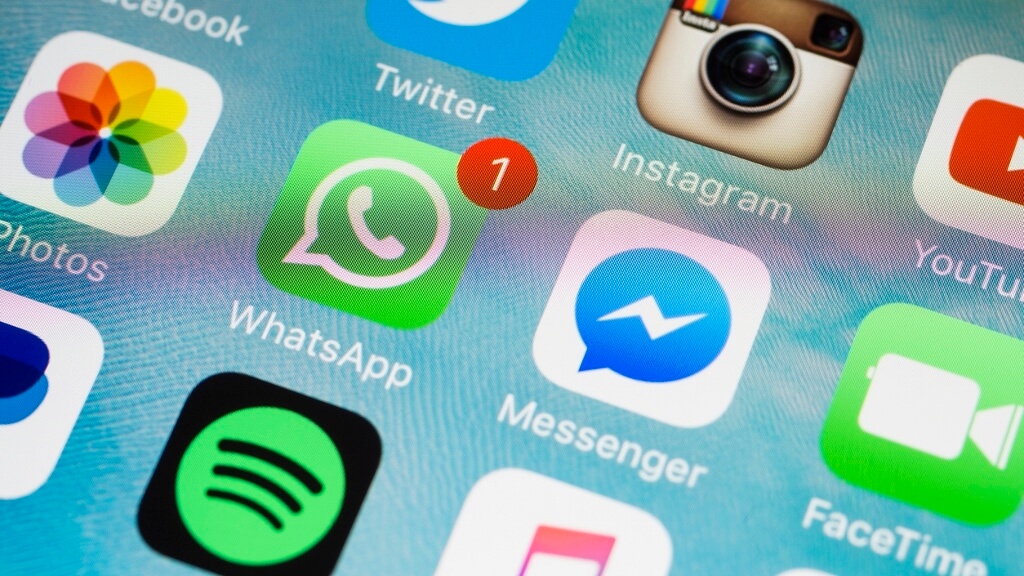Is Your Influencer Marketing Plan Guilty of Leaving Older People Out?

Social media and influencer marketing are widely associated with the younger demographic. However, according to a recent report from Nielsen and Rakuten Insight Global, when developing a social strategy, it’s important not to overlook older demographics.
Currently, there are significant numbers of subscribers in the 50+ age bracket in the Philippines, China, India, and South Korea, and these mature subscribers are just as likely as younger subscribers to like and share a post.
While seniors may not be digital natives, they have certainly come of age on social media, according to the report.
This means that the assumption that influencer marketing should only be used for Gen Z and Millennials can be dropped.
Brands looking to target this demographic can consider influencer marketing as part of their strategic mix.
Although 90% of young people who use social media follow social media influencers in all Asian markets except Japan, the report found that regionally, middle-aged people interact the most with social media posts by commenting on posts, reposting and sharing them, and clicking on links.
Adopting an interactive influencer campaign may work better with this target audience.
So what kind of influencers do they follow?
While younger people are more interested in gaming influencers and beauty bloggers, middle-aged people lean towards child influencers, politicians and gamers. Pairing the right kind of influencers will help brands increase their campaign’s effectiveness in age-based targeting.
Interestingly, product reviews are the most engaging type of branded content in Asian markets, with the exception of influencer followers in China who prefer product demos.
Engaging influencers who will provide honest reviews of your product will resonate well across much of Asia. However, brands looking to stand out in China’s crowded consumer market can consider partnering with influencers to create quirky and imaginative product demos.
Product demonstrations reduce the perceived risk of trial and can be very engaging. This could result in allowing others to sample the product for themselves.
Don’t confuse Asia
It’s not uncommon for marketers to look at the Asia Pacific region holistically, but having nuance can go a long way for social and influencer marketing.
While in Asia, 80% of social media users who follow influencers on social media in Asia are either more likely or much more likely to purchase products when recommended by those influencers, the level at which this works varies. For example, Indonesia (61%), India (60%) and the Philippines (60%) are more influenced by content creators, and in comparison, the trick seems less likely to work in Hong Kong and in Japan (16% each).
Due to the low reach in Hong Kong and Japan, it might be more difficult to adopt a successful influencer marketing campaign. Therefore, a more diverse media strategy may be needed to achieve campaign goals.
The report adds that marketers globally expect to increase their spending on social media by 53% over the next year, more than any other channel.

And social media appears to be the most bankable channel for global marketers, as 64% of global marketers surveyed for this year’s annual marketing report say it’s their most effective paid channel.
Arnaud Frade, Head of Business Growth, Nielsen APAC, said: “Markets across Asia generally have healthy creator economies, not only in terms of the growing number of influencers, but also in terms of the number of followers of influencers across age brackets.
Frade added that in this very dynamic landscape, brands need to keep an eye on changing market trends.
“Influencers can be a powerful tool to increase brand awareness for marketers who can find the right mix of personality, content and engagement. Brands that align with the right influencers can become a source trust for consumers and the brand they remember when they want to make a purchase,” added Frade.
This was a study done in conjunction with Rakuten Insight Global, analyzing 6,000 responses from their proprietary panels across 12 Asian markets to better understand the sentiment around social media influencers.
Related Articles:
Price.com.hk uses influencers to host Computer Online Expo
Study: Budget Uncertainty Forces Marketers to Focus on Micro-Influencers
Thai government seeks to empower senior citizens to become social influencers
How Using Non-Beauty Influencers Led YSL Beauty to Nearly 4x Increase in Social Views
Amazon and Cartier team up to sue Chinese influencers selling counterfeit jewelry



